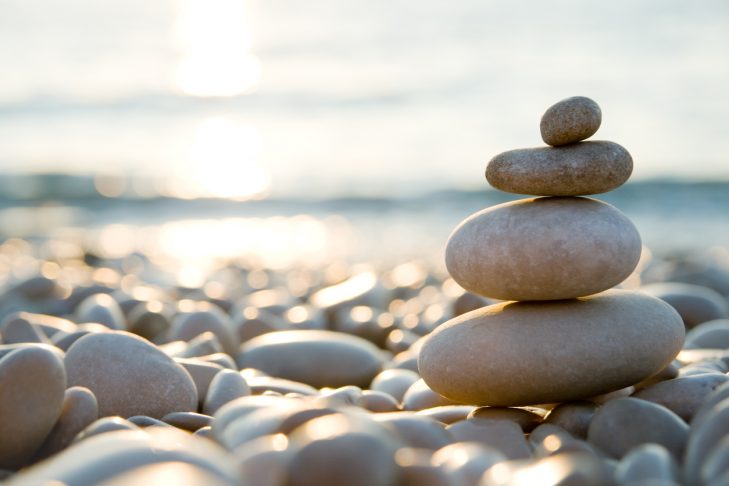And so it begins. The 10 days between Rosh Hashanah and Yom Kippur is a time of reflecting and repentance. It’s a time to take stock of the soul in what is traditionally known as cheshbon ha’nefesh—which literally translates to “an accounting of the soul.” But how do we start this fearsome, awesome reckoning within ourselves? Temple Israel of Boston offers a way to approach this challenge with a step-by-step program called “#10Days10Ways.”
Now in its third year, #10Days10Ways offers the opportunity “to bring people together who don’t always sit together,” said Rabbi Dan Slipakoff, an assistant rabbi at Temple Israel. “We have amazing community partners who come from a wide spectrum to talk about the work of racial justice together.” Those partners, who helped create this year’s version, “10 Days (Or More) of Awe/Racial Justice Reflections,” include Jewish Community Relations Council of Greater Boston, The Kirva Institute, Jewish Alliance for Law and Social Action, Kavod House and ADL New England.
As the name indicates, #10Days10Ways is broken into 10 units, each of which addresses a different issue. Daily prompts offer a deep dive into a given topic by soliciting thoughtful responses through tough questions, or encouraging someone to draw a response with pencil and paper. For example, the prompt for the second day asks users to explore middot, or soul traits. A list of these traits ranging from abstinence to yirah (fear of God) and everything in between allows users to confront transgressions, as well as the mitzvot (good deeds) they have done during the year. Participants are asked to pick a middot “that resonates with how your heart and soul connect to race, racism and/or racial justice work.”
The third question addresses issues of race. Jews of color may not feel welcome in synagogues by people who assume they are not Jewish. The prompt points to “the liturgy we recite on Yom Kippur, [which] explicitly calls us to reflect on our wrongs over the past year, including those done unintentionally. We invite you to use these tools as you reflect on how you’ve intentionally or unintentionally missed the mark in the past year due to assumptions about race.”
A look at the other days results in grappling with topics that include Jews in the civil rights movement who resisted change; assumptions and stereotypes; safety and security in the Jewish community; white supremacy and white nationalism; anti-Semitism; and racism in housing education and American life in general. “Redlining and the history of the ways we’ve segregated our communities are of particular interest to me,” said Slipakoff. “I’m new to Boston and have heard housing was an important issue here. It’s crucial to look at how these matters have trickled down to opportunities for health and wellness, economic security and social mobility. On this day I will pause and reflect on how I have benefited from these policies and how I can become more empathetic to make a difference in the future.”
As of this writing, almost a thousand people have signed up to participate in #10Days10Ways. Slipakoff said participating in the venture has also been extended to other organizations, such as universities and summer camps. “We’re trying to share with diverse populations,” he said. “Our Facebook page is making the project more interactive. It’s not only about downloading and reading materials, but it’s also about extending an opportunity to share what people have learned and what they’re thinking about. It engenders a great online conversation over the 10 days. We want this to be the start and continuation of something long-lasting. And we hope the work we’re pursuing is evergreen for more than this moment.”
Although Slipakoff and his Temple Israel colleagues anticipate people will look within themselves, he acknowledged that kind of introspection is not always comfortable. Slipakoff said the work is about “pushing your limits in the world. We hope this [exercise] will spark individuals to rethink how they interact with their lives. We also hope we’re modeling the way to have difficult conversations in the community and working together to make an impact. Community building, pooling resources and ultimately sharing ideas is the big layer of work to get out of this. Once we get people face to face and working side by side, that’s the first step toward improving a community and, ultimately, the world.”
Learn more and participate here.



